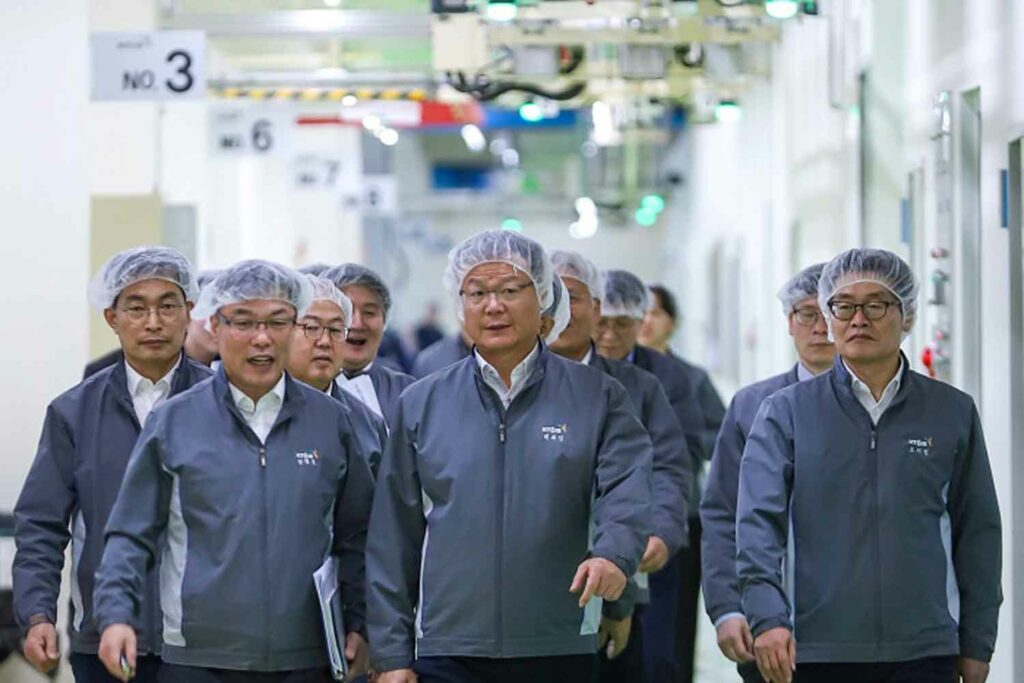KT&G Boosts NGP Capacity
- Featured News This Week
- November 6, 2023
- 0
- 3 minutes read


KT&G has expanded its Sin Tanjin next-generation product (NGP) factory.
During a ceremony attended by CEO Baek Bok-in and over 40 employees, the company pledged to grow its NGP segment into a leading business.
KT&G has installed three additional electronic cigarette stick production lines this year, bringing the total number to eight. It also established an automated warehouse capable of storing up to 360,000 boxes.
KT&G plans to further expand its production innovation hubs, focusing on domestic manufacturing facilities such as Sin Tanjin and Gwangju, to ensure a smooth response to the rapidly growing demand for its NGP products.
The expansion of the Sin Tanjin NGP factory is part of KT&G’s investment plan, which was presented during the company’s “Future Vision Proclamation” event in January.
During that event, KT&G announced its strategy would focus on e-cigarettes, heated tobacco and the international expansion of its combustible cigarette business. The company intends to increase the revenue share of its noncombustible products to more than 60 percent by 2027 through investments and innovation.

The Sin Tanjin NGP factory will play a role as a growth engine that enhances the essential competitiveness of the NGP business, which is strengthening its market leadership.
In September, KT&G announced the construction of a new factory in Indonesia, which will be manufacturing for exports. In October, it broke ground for a new factory in Kazakhstan, establishing a foothold in Eurasia.
“The Sin Tanjin NGP factory will play a role as a growth engine that enhances the essential competitiveness of the NGP business, which is strengthening its market leadership,” said Baek in a statement.
“In the future, we will lead the growth of the NGP business based on innovative technology and advanced global partnerships and will leap to the ‘global top-tier’ through domestic innovative growth investments, including expanding production infrastructure.”
